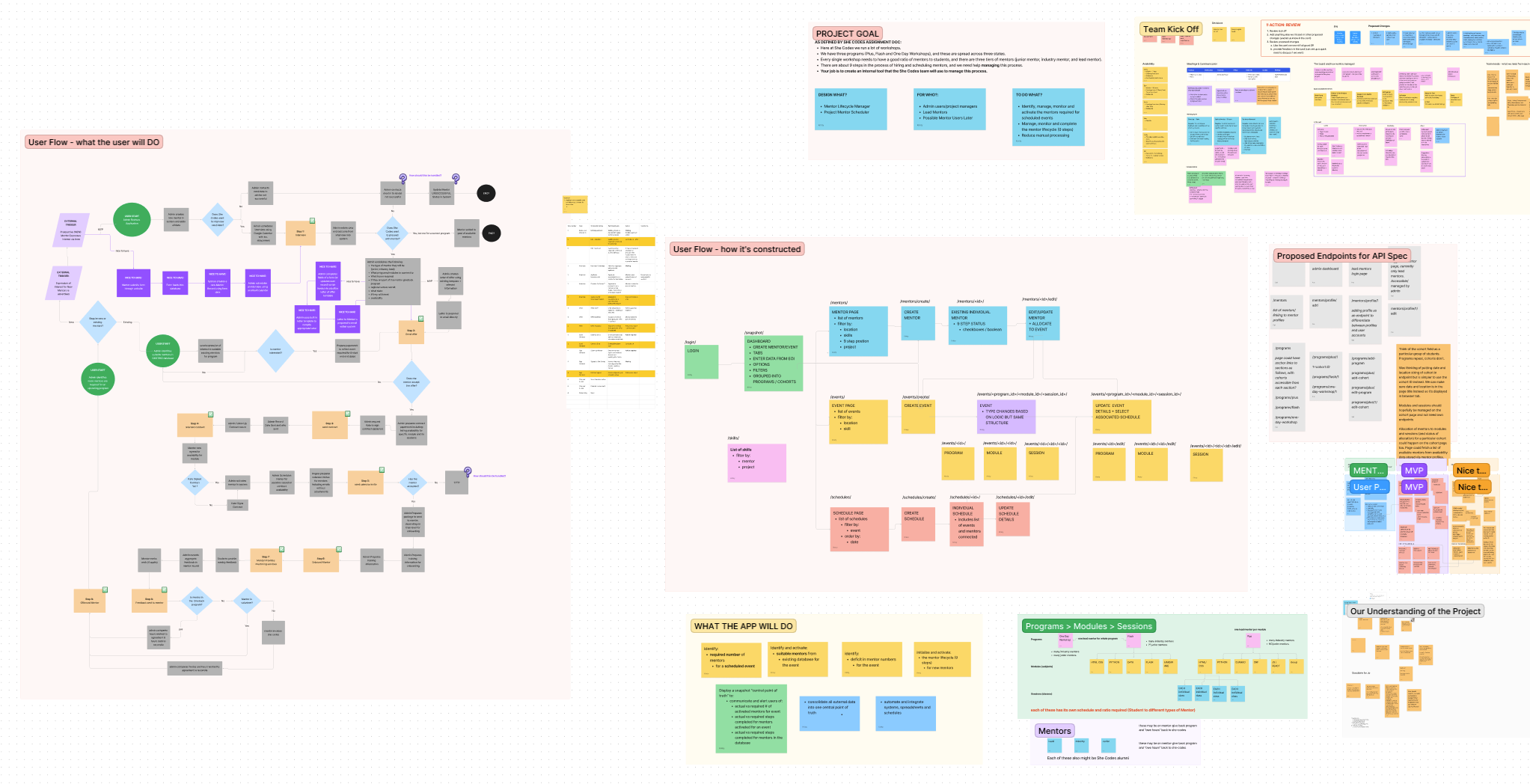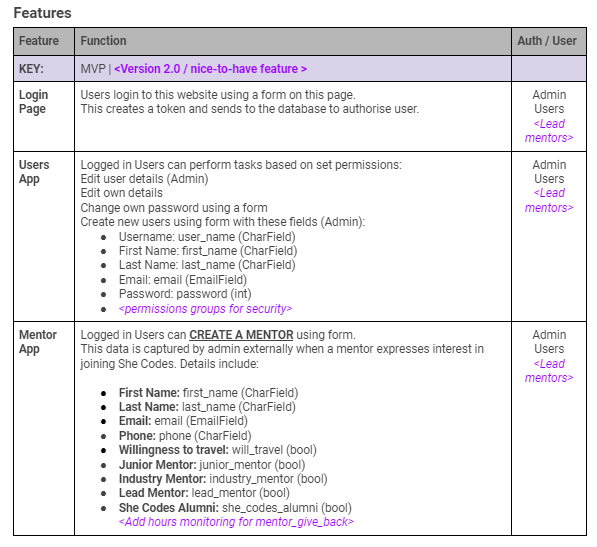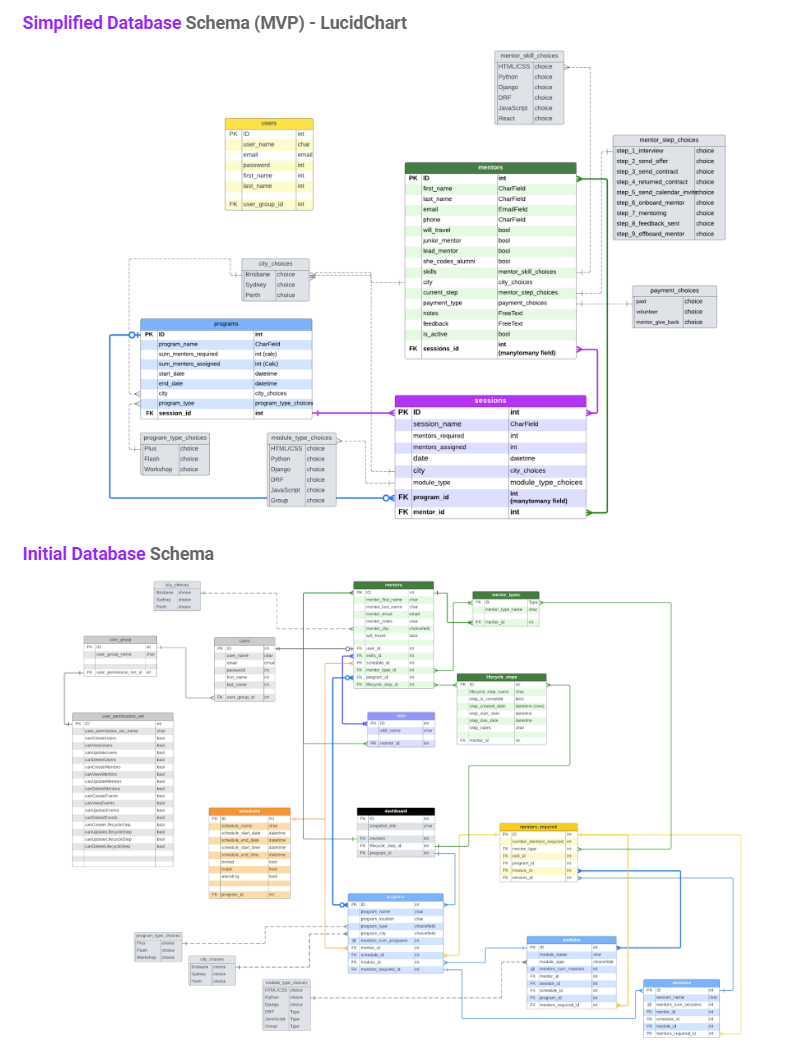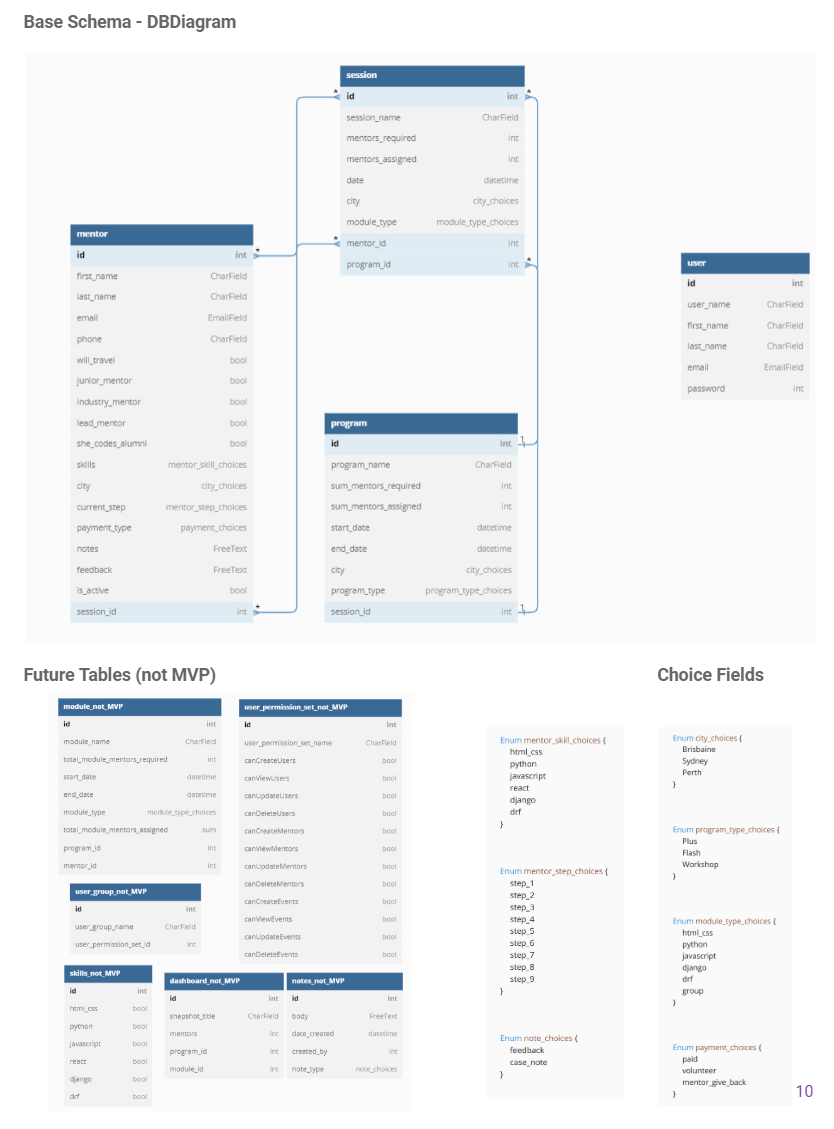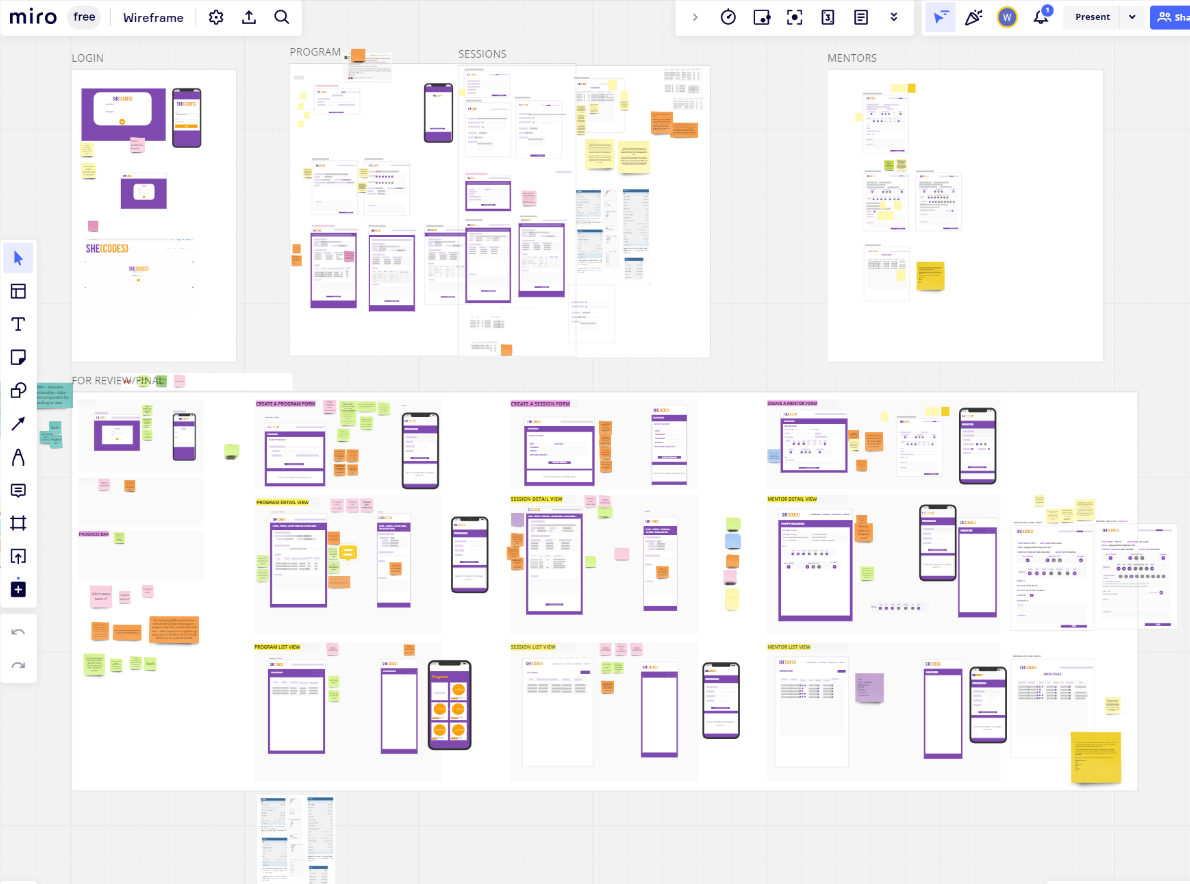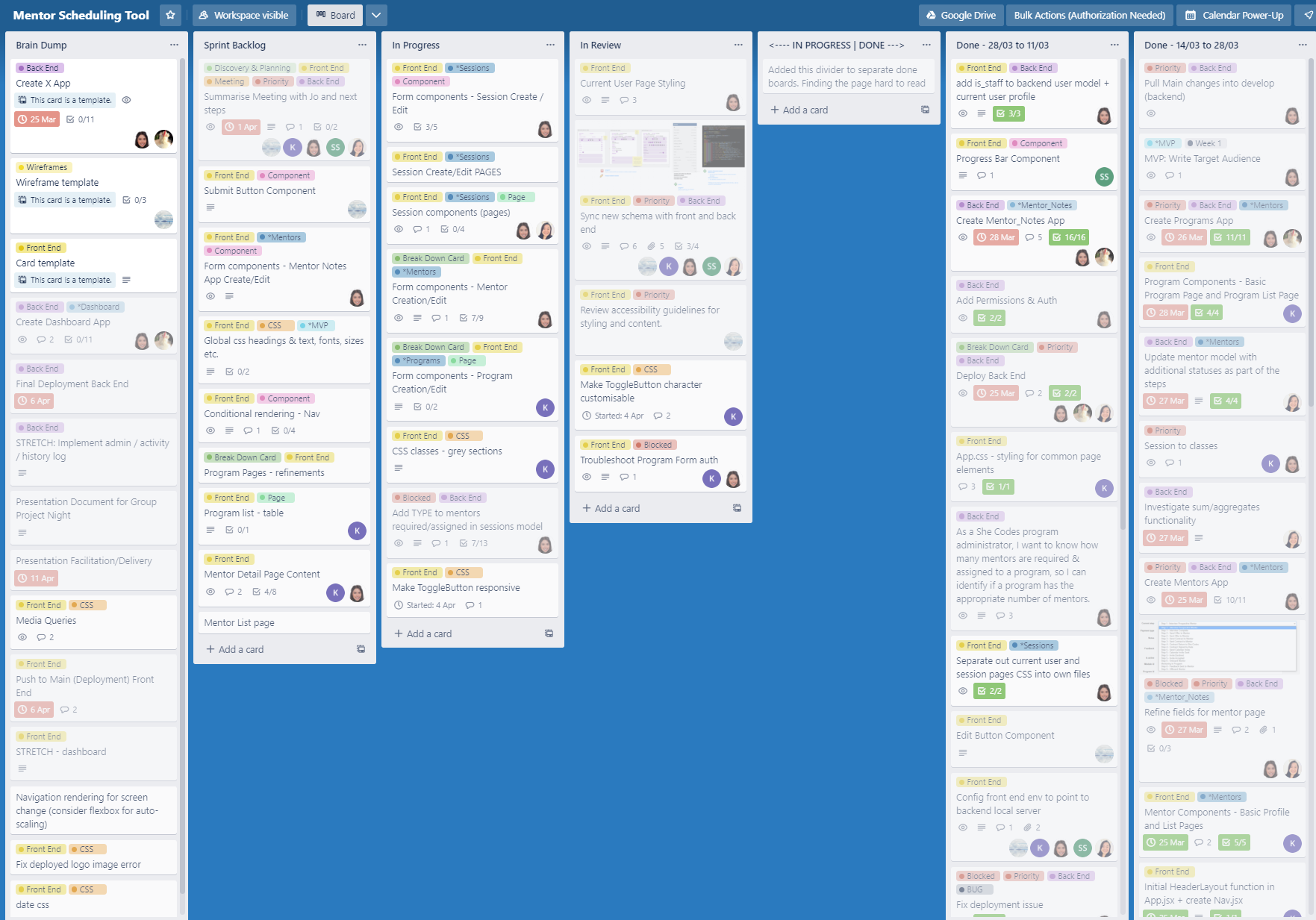Discovery
(Figma)
The project commenced with a client meeting, enabling the team to identify the project scope, essential features and stretch items for consideration.
We utilised agile processes and figma to consolidate brainstorming, concepts and user-flow understanding.
